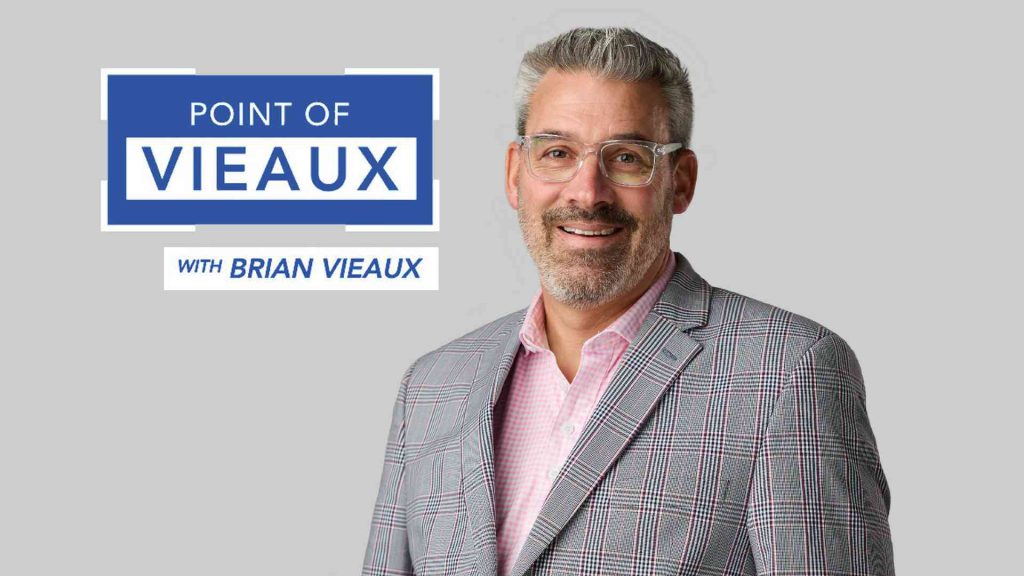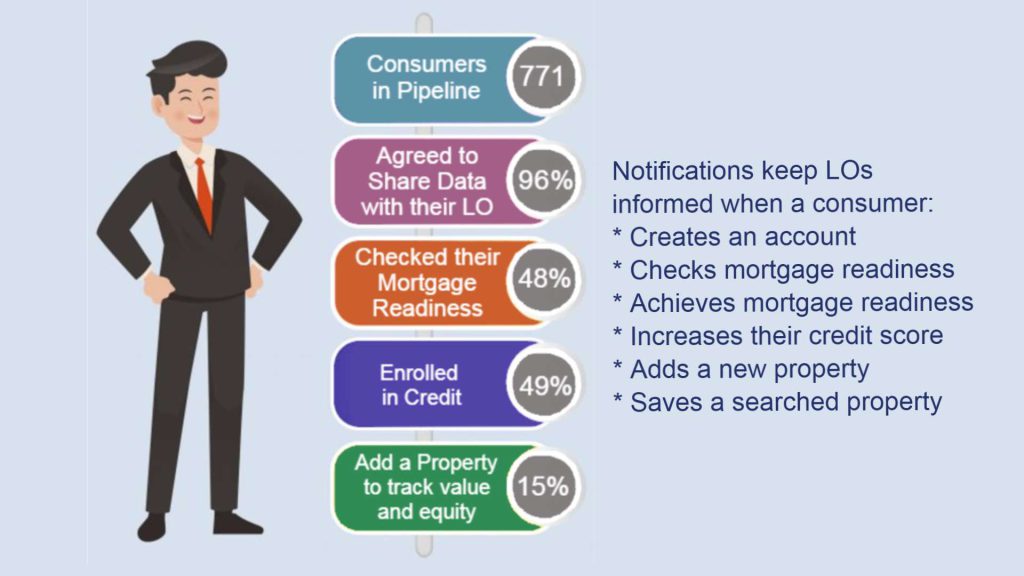One of the key reasons for this disparity is a lack of financial education and access to financial tools, which can make it difficult for Black Americans to build credit, understand the mortgage process, and access affordable financing options. This highlights the importance of providing financial fitness tools and education to Black Americans to help them achieve and sustain homeownership.
To increase the homeownership rate among Black Americans, mortgage lenders, banks, and credit unions must focus on the following key areas:
Expand access to affordable credit
Black Americans are more likely to have lower credit scores and find it challenging to build credit, which can limit their ability to secure affordable home financing. A 2022 Consumer Financial Protection Bureau report found that Black American homebuyers had a median credit score of 691. In contrast, the median credit score of White homebuyers was 750, 764 for Asian homebuyers, and 716 for Hispanic homebuyers.
When homebuyers are provided with a FinLocker early in their homeownership journey, they can begin to monitor their credit score, credit report, and payment history and access financial education and tools to improve their credit health. FinLocker has also partnered with eCredable, to enable consumers to report their on-time payments to their utility accounts to their TransUnion credit report. This solution empowers renters to increase their credit scores without taking on additional debt.
Reduce high levels of student loan debt
Despite the current pause on federal student loan payments, student debt continues to be a significant barrier to homeownership for many Americans. Student loans delayed saving for a down payment or home purchase for 43% of homebuyers in 2022, according to the National Association of Realtors®. Yet, student loan debt disproportionally affects Black borrowers, who are more likely to take out student loans. The lower incomes earned by many Black Americans also make it difficult to pay back their student loans and start saving to achieve other lifestyle milestones.
According to data from the National Center for Education Statistics, Black college graduates owe an average of $25,000 more in student loan debt than White college graduates. Four years after graduation, 48% of Black students owe an average of 12.5% more than they borrowed. In the same period, 83% of White students owed 12% less than they borrowed.
Knowing how different mortgage loan programs calculate student loan payments for credit underwriting purposes can help mortgage originators advise homebuyers on the best loan program for their circumstances. FinLocker recommends working with LoanSense, which knows the calculation method of each agency. They can also identify federal loan programs and government subsidies to reduce student loan payments and increase homebuyers’ purchasing power. To see how reducing student loan payments can increase a consumer’s home budget, use the free LoanSense Purchasing Power Tool.
Overcome income and wealth disparity
Homeownership is the primary source of household and generational wealth for most Americans. However, the median household income for Black households ($45,208) is substantially lower than for Asians ($101,418), White ($71,033), and Hispanic ($57,981) in 2021, according to the U.S. Census Bureau. This disparity makes it more difficult for Black Americans to afford to buy and maintain a home and accumulate generational wealth.
Being a first-generation homebuyer can seem like an insurmountable barrier for low-to-moderate-income Black homebuyers. According to the Urban Institute, if the household income distribution were the same for white and black households, while other household and metropolitan statistical area (MSA) level factors remained constant, the gap between the Black and White homeownership rates would drop by 31%.
Black homebuyers are less often recipients of financial advice and down payment assistance from their families. Providing financial education and promoting down payment assistance programs can help first-generation Black homebuyers overcome this hurdle.
Improve financial literacy and understanding of the mortgage process
Although mortgage rates dropped below 3% in 2020, not all homebuyers had the same opportunities to get a mortgage and benefit from these low interest rates.
Black Americans are less likely to understand key aspects of the mortgage process, such as the importance of having a higher credit score, on-time payment history, a lower debt-to-income ratio, and the role of interest rates in determining monthly mortgage payments. Black Americans find it challenging to identify reliable sources of financial information. Strengthening financial literacy is critical to improving financial health, securing affordable financing, and achieving homeownership.
FinLocker provides homebuyers with access to mortgage education and a home affordability calculator, which recommends a homebuying budget based on their income, the monthly mortgage payment, and estimated costs to close.
Build partnerships with community organizations
Working in partnership with community organizations can help mortgage lenders, banks, and credit unions better understand the needs and challenges facing Black Americans and develop more effective solutions to increase homeownership. This can include forming partnerships with housing counseling organizations, community development corporations, and other organizations that serve Black communities.
Identify future black homeowners
TransUnion’s Low-to-Moderate Prescreen Solution helps mortgage lenders, banks, and credit unions identify which consumers are already eligible versus those on the cusp of becoming eligible. Lenders can then tailor marketing offers and low-to-moderate income loan programs to consumers with the greatest likelihood of approval while supporting lender commitments to affordable lending. Banks and credit unions can also provide a private-labeled FinLocker to consumers who require additional time and assistance to become homeowners.
Build partnerships with community organizations
Working in partnership with community organizations can help mortgage lenders, banks, and credit unions better understand the needs and challenges facing Black Americans and develop more effective solutions to increase homeownership. This can include forming partnerships with housing counseling organizations, community development corporations, and other organizations that serve Black communities.
By taking these steps, mortgage lenders, banks, and credit unions can help break down the barriers to homeownership for Black Americans and support a more inclusive and equitable housing market. The benefits of increased homeownership will extend beyond individual families, helping build stronger, more stable communities and promoting long-term economic growth for all.
To learn how FinLocker can provide financial fitness tools and educational resources to help more first-time homebuyers qualify for a mortgage and sustain homeownership, please schedule a 1:1 consultation with a FinLocker.



